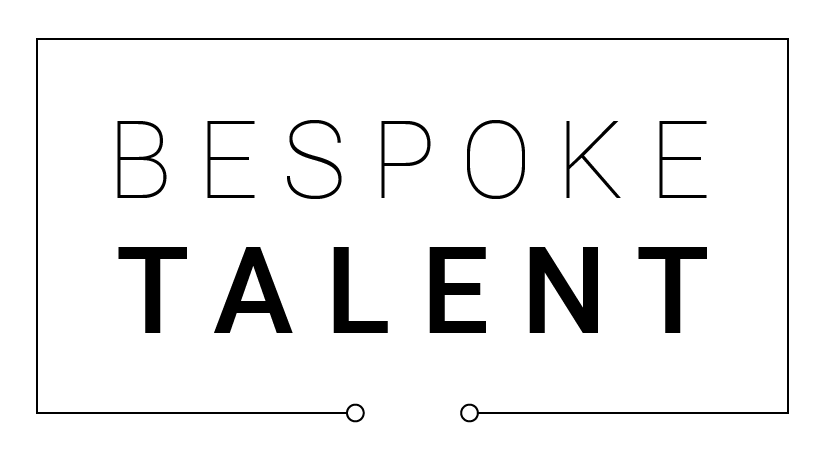Day 4/7: 7 Days To A Better LinkedIn Profile
This is Day 4 of a 7-day article series that was kicked-off by “4 Ways You’re Looking at Your LinkedIn Profile Wrong and 7 Days to Fix It” and is designed for any sales person, whether happy or looking. It offers profile ‘must-haves’ and attempts to address anticipated objections.
Today I’m asking you to think about your LinkedIn Professional Headline and your current/past titles within the experience section of your profile.
I remember my 1st out of college job (1997) was at Microsoft as a contractor in their audio player group. I was at a conference, and I met a garage shop entrepreneur. He handed me a business card with his title, “Minister of Order and Reason.” I rolled my eyes. Today, that same man, is a billionaire, NBA team owner and reality TV star.
Likely, many of us are in a very different boat than that self-made billionaire. If you are reading this, you’re probably working for someone else’s organization, building out your career and interacting with a target list of prospects/customers specific to what you’re selling and who you are selling for. If this is the case for you, it’s really important to be clear to the public and your prospects: what you do and who you’re doing it for. In LinkedIn, this is done in two places: The professional headline and titles within the experience section.
Let’s start with the LinkedIn professional headline: It’s the line right under your name in the header of your profile. Currently, mine is: “Pre-IPO Enterprise Software Sales Recruiter/Founder at Bespoke Talent LLC.”
That same headline is visible in quick-view search results and search results pages:
It also appears in your LinkedIn connection requests:
I see people choosing ‘unique’ professional headlines in an attempt stand out from the crowd or to provide a snapshot of the value area they represent. Here are a few examples I found within one minute of conducting a search on salespeople:
“Helping customers bridge the digital divide”
“Consulting organizations through digitization and process automation”
“Helping companies maximize the value of their data”
“Helping clients innovate their business with disruptive technologies”
Besides being cumbersome and jargon-laden, I think this creative headlining is likely confusing/off-putting for people you’re trying to engage with or people engaging with you. I’d strongly encourage you to consider the most straight-forward way to communicate who you are, what you do, and who you do it for. Here are some good examples of software sales descriptive titles:
Sales Executive with IoT Focus at XYZ company
Enterprise Account Executive Focused on Social Media at ABC org
Major Account Executive in Digital Retailing Vertical at ZYX org
Make sure you get this right, as it can open or close more doors than you think.
Let’s now move to titles. This is a hard one. Titles are fun to earn and it’s neat to get a promotion. At the same time flat, no-title organizations are trending. What’s someone to do?
Keep it really simple, be proud you’re in sales, be realistic with your experience and try and stay up to speed on the common titles of today. When I started selling, the popular title for a salesman was “Account Manager,” which today, in my experience, relates more to post-sales or non-acquisition based sales jobs.
Stick with common terms for titles so it’s obvious to others what it is you do. The most common field sales (new customer acquisition) title I see today is “Account Executive” married with the market being served: Strategic Account Executive, Enterprise Account Executive, Mid-Market Account Executive, SMB Account Executive. I also see analogous roles with titles such as Sales Director, Sales Manager, Territory Manager, etc. These are the most frequently-used titles for bag-carrying individual contributor roles. I realize many companies have their own titling structures, but consider leaving the mystery out of the titles you use in your own profile.
I’d say the same with leadership roles such as Regional Director, Area VP, Regional VP, Sector VP. Define what these mean by including a short description of your roles/reports so profile viewers understand who you are and the scope of your responsibility.
In summary, stick to this rule of thumb: If you’re in b2b selling and you’re representing an organization that has hired you to sell for them, make it as easy as you can for people to understand what you do and who you do it for. Save the selling and creative messaging for the narrative (see Day 3), or better yet, for your sales presentations.
